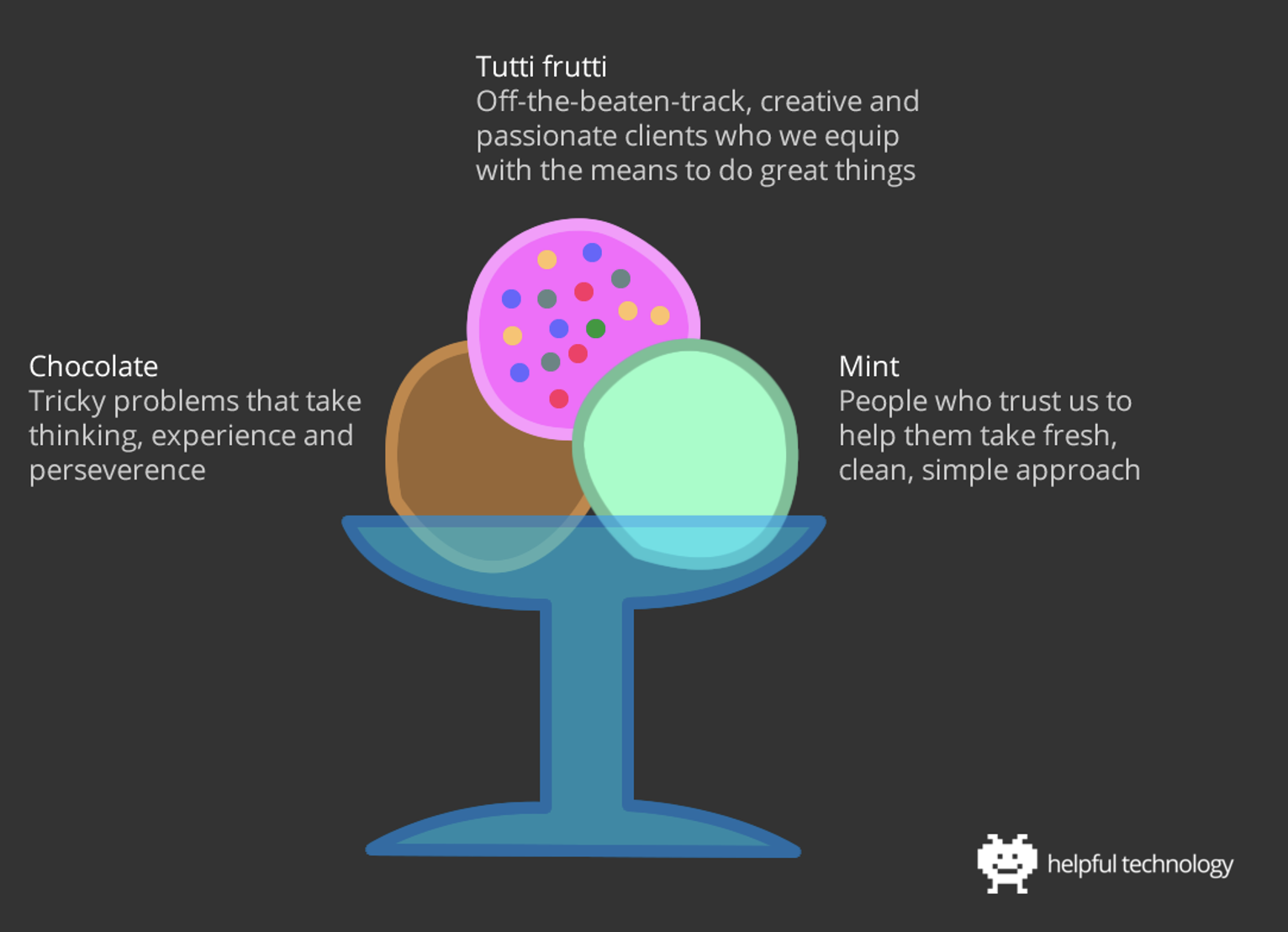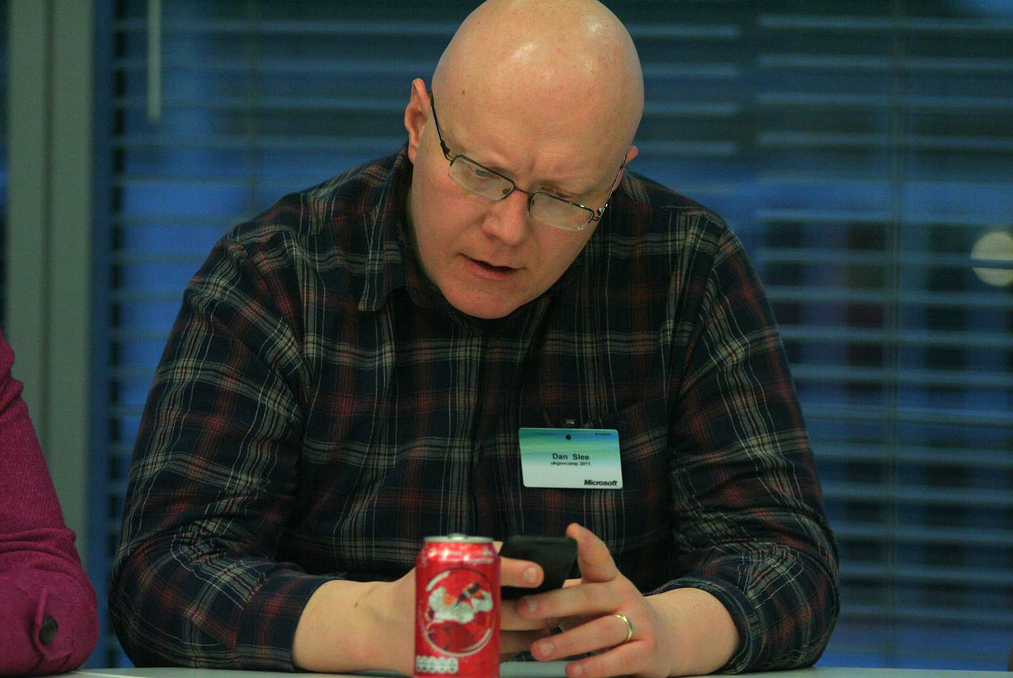David C. Baker is a no-fluff specialist in how to run and grow marketing agencies, and I’ve been enjoying his newsletter and books over the last couple of years. Today’s instalment – Working With A Maverick – struck a chord with me:
[A maverick] is someone who operates on the inside of the corporate (or non-profit) world but has an external perspective on it. A maverick:
- Presses the boundaries and skirts the rules, but not just because they are different or rebellious.
- They do this because it’s the only way to get things done.
- Some of their peers admire them and follow, and others resent it.
- The ones who resent it are rule-followers and they expect to move through the ranks by following the rules, enforcing the rules, and building alliances around the rules.
Mavericks aren’t unaware of the rules, but they look across the expanse of people in that world and see people who want to get things done or people who have a job and don’t see themselves as rocking the boat, and sometimes the latter group gets in the way of the former.
He argues that from the agency perspective, mavericks represent an unparalleled opportunity both to overcome the normal bureaucratic hurdles to being procured, and to do brave work – which is why they bent the rules to bring you on board in the first place. As he puts it, “your career following a maverick will be far more lucrative than playing along with any single deadbeat client.”
Finding ‘ideal’ clients
It reminded me of a little experiment I tried in my own small agency a few years back, when we tried to define our ‘ideal client’.
I’ve seen a few versions of agencies doing that kind of thing before and since. The conclusions are normally quite predictable and boil down to finding ethically-clean clients with deep pockets, who will let you follow your well-honed process, and stick to prioritising user needs while resisting the slide towards money-grubbing compromises.
I mean, sometimes those kind of projects can be fun… but often when I’ve found myself doing work like that, it can feel a bit flat. Maybe other teams and consultants might be better set up for that kind of work. Maybe it’s a bit vanilla for me. Framing the ideal like that is missing an X factor.
Three scoops and you’re in
If the ‘easy’ vanilla clients don’t spark joy, who does? As a team, we mixed and blended it down to a three scoop coupe:
- Mint: open-minded people who trust us to help them take a fresh, clean, simple approach (so far, so Ideal Client 101™️)
- Chocolate: teams or organisations with thorny, brown-coloured problems or tough constraints like small budgets or impossible timescales, who appreciate lateral thinking along with experience and perseverance
- Tutti frutti: our version of ‘mavericks’ – off-the-beaten track, creative and passionate clients who we can equip with the means to do great things

Having a blend is important: working on a tricky challenge isn’t satisfying if the client won’t countenance some creative thinking, can’t streamline things when needed – or moves onto their next job halfway through the project.
For me, clients with a strong streak of maverick/tutti frutti are the most enjoyable to work alongside – and not just because they are willing to find ways around procurement rules (but certainly, without those folks my little agency wouldn’t have got off the ground).
- they often have deep roots in their organisations, which tends to give them a sense of humour, political-savvy and confidence to make intelligent and bold choices
- they recognise effort when they see it, so you can focus on useful delivery over process, and they’ll usually see to it that you’re not exploited
- they’ll introduce you to new colleagues and departments (and indeed, new organisations when they move on) – and be in your corner if there’s a fight to be had
- sometimes, that loyalty might even stray into the style of ‘bully clients‘ I’ve written about before, perhaps when the chocolate elements of their job have become a bit overwhelming for them. They’re deeply caring, charismatic people and are never mean to suppliers they like out of ego or spite
As David Baker concludes, the really interesting thing is when you try and identify the ideal client, it’s the personality of the people you’re working with, not the profile of the organisation that really matters:
There’s very little about the company in there—it’s almost always about the other person across the table. Yeah, it’s a company-to-company (B2B) relationship, but at its core, it’s really a P2P relationship, as it should be.
It’s always about the people, in the end.
Photo credit: Jéshoots on Pexels.com


